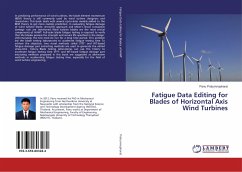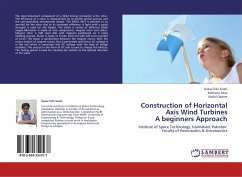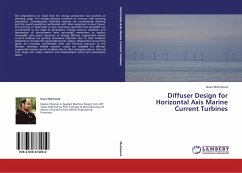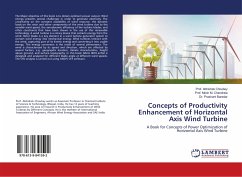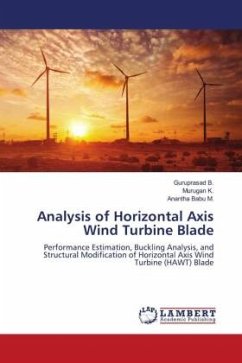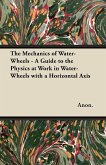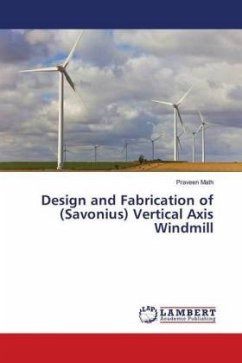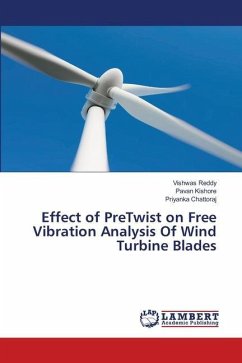In predicting performance of wind turbines, the blade element momentum (BEM) theory is still commonly used by wind turbine designers and researchers. This book deals with several up-to-date models added to the BEM theory to get more realistic prediction. In evaluating fatigue damage of wind turbine blade, stress-life approach and Miner's linear cumulative damage rule are mentioned. Wind turbine blades are the most critical components of HAWT. Full-scale blade fatigue testing is required to verify that the blades possess the strength and service life specified in the design. Unfortunately, the test must be run for a long time period. This problem led the blade testing laboratories to accelerate fatigue testing time. To achieve the objective, two novel methods called STFT- and WT-based fatigue damage part extracting methods are used to generate the edited stress-time history. Blade testing laboratories can use this history to accelerate fatigue testing time. STFT- and WT-based fatigue damage part extracting methods proposed in this book are suggested as alternative methods in accelerating fatigue testing time, especially for the field of wind turbine engineering.

